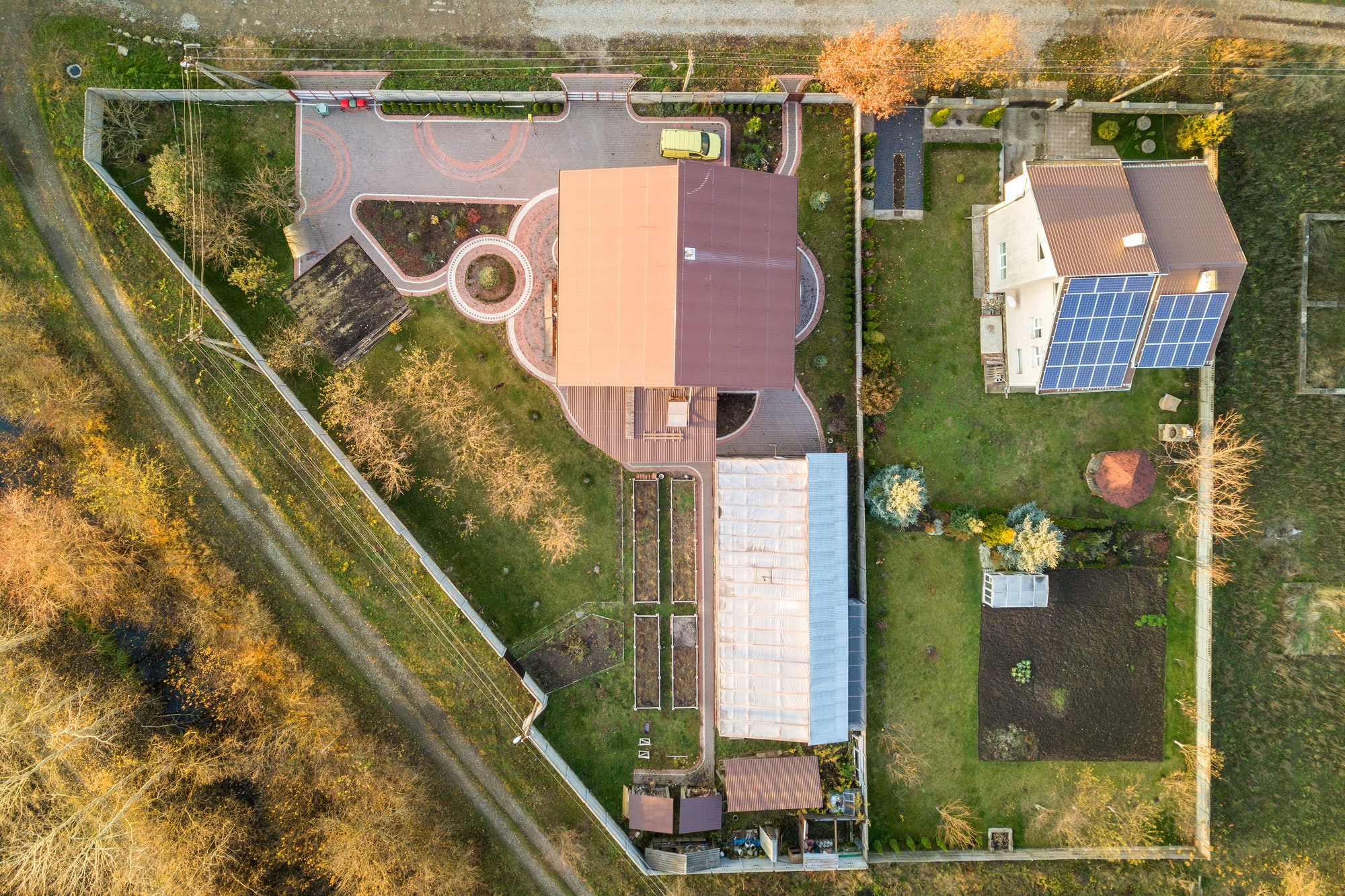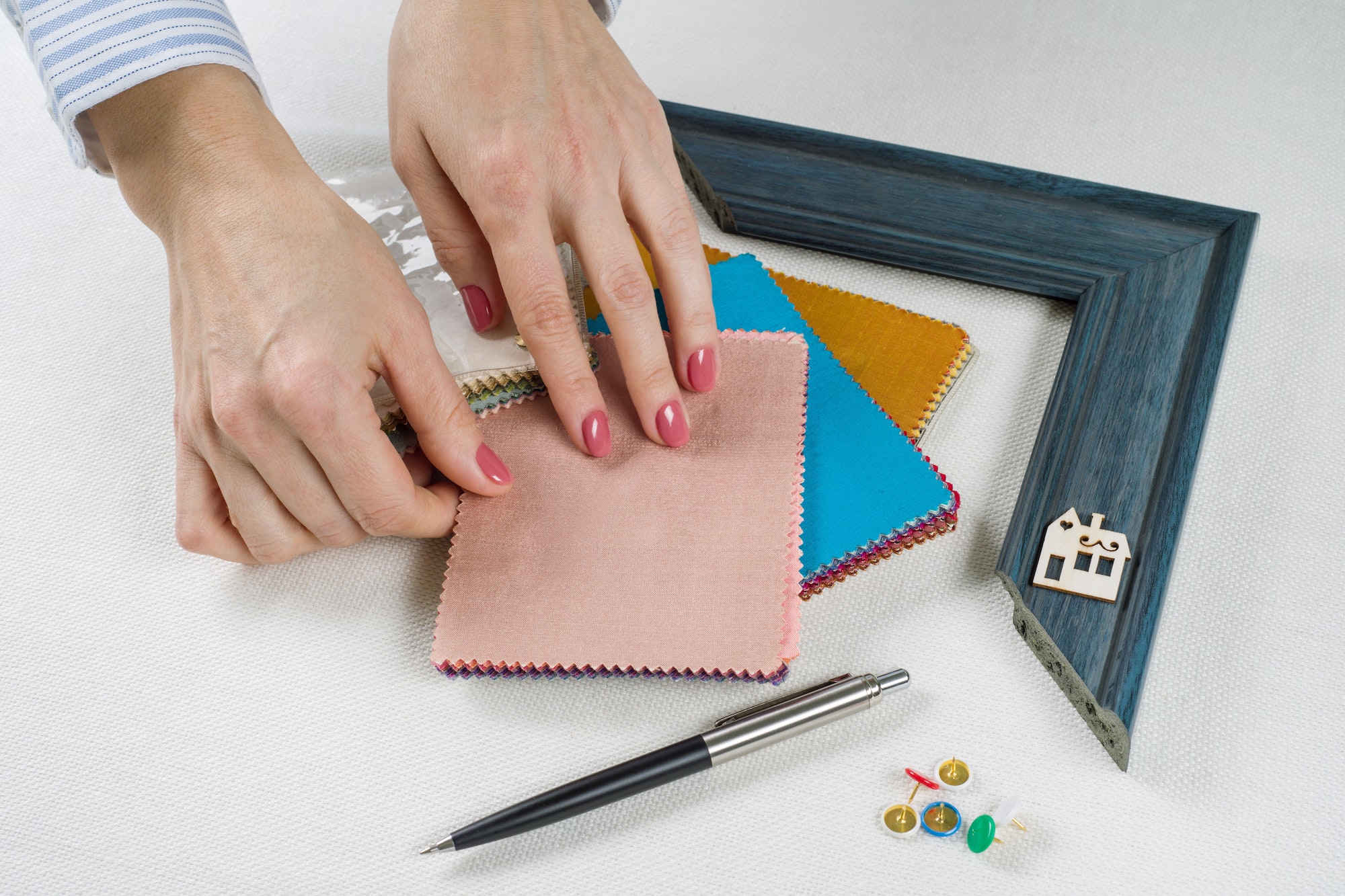Patios are meant to be peaceful outdoor havens, but sometimes they end up more like disaster zones. From wonky layouts to bizarre design choices, patio fails can turn your backyard oasis into a laughable eyesore. Let’s explore 47 hilarious and cringe-worthy mistakes people make when designing and installing patios. You’ll learn what not to do, have a good chuckle, and hopefully avoid ending up on a “Worst Patios Ever” list.
Recent research shows just how important patios are to homeowners. According to a 2024 study by the International Casual Furnishings Association, 82% of consumers feel they underutilize their outdoor living spaces. Only 18% use their patios as much as they’d like. The study also found that 94% of people would spend more time relaxing and entertaining outdoors after updating their patios. Clearly, getting your patio design right can have a big impact on your enjoyment of your home.
Here’s a quick comparison of some common patio materials to consider:
| Material | Pros | Cons | Cost per sq ft |
|---|---|---|---|
| Concrete | Durable, low maintenance | Plain looking, cracks over time | $6-$10 |
| Pavers | Many design options, easy to repair | Weeds can grow between, may settle | $10-$20 |
| Natural stone | Beautiful, long-lasting | Expensive, difficult installation | $15-$30 |
| Wood deck | Warm, natural look | Requires regular maintenance | $15-$35 |
Now let’s dive into those 47 patio pitfalls to avoid:
1. Ignoring drainage
Water pooling on your patio is a recipe for disaster. Make sure there’s proper slope and drainage to prevent flooding and damage.
2. Choosing the wrong size
A tiny patio that can barely fit two chairs or a massive one that overwhelms your yard are equally problematic. Scale it appropriately to your home and needs.
3. Poor furniture placement
Cramming too much furniture into a small space or leaving a large patio looking barren and empty are common mistakes. Plan your layout carefully.
4. Neglecting lighting
A dark patio is an unused patio. Incorporate ambient lighting, task lighting for grilling/dining areas, and accent lights to highlight landscaping.
5. Forgetting about privacy
No one wants to feel like they’re on display to the neighbors. Use fencing, landscaping, or pergolas to create a sense of seclusion.
6. Skimping on shade
A patio with no protection from the sun quickly becomes unusable on hot days. Add umbrellas, awnings, or a pergola for comfort.
7. Using indoor furniture outdoors
That plush velvet couch might look great, but it’ll be ruined after one rainstorm. Stick to weather-resistant outdoor furniture.
8. Ignoring the view from inside
Your patio should be an extension of your indoor living space. Consider sightlines from inside the house when planning the layout.
9. Poor material choices
Using slippery tiles or rough concrete that’s uncomfortable underfoot are common errors. Choose appropriate, safe materials.
10. Lack of cohesion with house style
A ultra-modern patio attached to a quaint cottage will look out of place. Match materials and design to your home’s architecture.
11. Overcrowding with plants
While greenery is great, too many potted plants can make a patio feel cluttered and claustrophobic. Exercise restraint.
12. Forgetting about winter
In colder climates, consider how you’ll use and maintain the patio year-round. Plan for snow removal and cold-weather activities.
13. Inadequate seating
Not having enough comfortable seating for guests (or yourself) limits the patio’s usefulness. Include a mix of dining and lounge seating.
14. Poor traffic flow
Arrange furniture and features so people can easily move around without obstacles or tight squeezes.
15. Ignoring building codes
Failing to get proper permits or follow local regulations can lead to fines or having to tear out your new patio. Do your homework.
16. Skipping the foundation
A patio built on poorly prepared ground will quickly develop cracks and unevenness. Take time to create a proper base.
17. Mismatched furniture styles
A hodgepodge of different furniture styles can look messy. Aim for a cohesive look, even if you’re mixing and matching pieces.
18. Forgetting about storage
Where will you keep cushions, grilling tools, and other items when not in use? Build in some weather-resistant storage solutions.
19. Poor grill placement
Putting the grill too close to the house is a fire hazard, while too far away is inconvenient. Find the right balance.
20. Neglecting pest control
Nothing ruins outdoor time like swarms of mosquitos. Plan for pest management with citronella, fans, or other solutions.
21. Ignoring noise issues
If your patio is near a busy street or noisy neighbors, consider adding a water feature or music to mask unwanted sounds.
22. Lack of color
An all-gray concrete patio can feel cold and uninviting. Add pops of color with cushions, planters, or artwork.
23. Forgetting about wind
In breezy areas, lightweight furniture or decor can become projectiles. Choose sturdy pieces and secure loose items.
24. Poor material transitions
Abrupt changes between patio materials and your lawn or garden can look jarring. Use edging or gradual transitions for a polished look.
25. Ignoring electrical needs
Not having outlets for lighting, speakers, or appliances limits your patio’s functionality. Plan your electrical layout in advance.
26. Overcomplicated designs
Sometimes less is more. An overly busy or complex patio design can feel chaotic rather than relaxing.
27. Neglecting maintenance
Failing to seal concrete, stain wood, or perform regular upkeep will shorten your patio’s lifespan. Plan for ongoing maintenance.
28. Poor proportions
A tiny table on a huge patio or oversized furniture on a small patio look awkward. Scale your furnishings appropriately.
29. Ignoring the surroundings
Your patio should complement your landscaping and vice versa. Consider the whole picture when designing.
30. Lack of personality
A generic, cookie-cutter patio lacks charm. Add personal touches that reflect your style and interests.
31. Forgetting about kids and pets
If you have little ones or furry friends, make sure your patio design is safe and accommodating for them too.
32. Poor fire pit placement
Putting a fire pit too close to the house or under low-hanging trees is dangerous. Follow safety guidelines for placement.
33. Ignoring accessibility
Ensure your patio is easily accessible from the house and consider mobility issues if relevant to your household.
34. Lack of focal point
Every outdoor space needs a centerpiece or focal point to draw the eye and anchor the design. This could be a fireplace, water feature, or stunning view.
35. Overlooking climate considerations
What works in a dry desert climate won’t necessarily suit a rainy Pacific Northwest patio. Choose materials and designs appropriate for your local weather.
36. Poor integration with landscaping
Your patio should feel like a natural extension of your yard, not an afterthought plopped down in the middle of the lawn.
37. Ignoring nighttime ambiance
String lights, lanterns, or a fire feature can transform your patio after dark. Don’t neglect nighttime lighting and atmosphere.
38. Lack of versatility
A patio that only works for one specific purpose (like dining) limits its usefulness. Design for multiple functions when possible.
39. Forgetting about cleanup
How will you keep your patio clean? Consider materials that are easy to sweep or hose down and include a spot for cleaning supplies.
40. Poor planning for entertaining
If you love to host, make sure your patio has enough space for guests, easy access to the kitchen, and amenities like a bar or serving area.
41. Ignoring the off-season
Even in colder months, your patio shouldn’t be an eyesore. Plan for attractive winter planters or decor to keep it looking good year-round.
42. Lack of shelter
In areas with frequent rain, having no covered area severely limits patio use. Consider a pergola, awning, or partial roof.
43. Forgetting about privacy screening
If your patio is overlooked by neighbors, strategically placed screens, trellises, or tall plants can create a more secluded feel.
44. Poor material mixing
While mixing materials can add interest, too many different textures or colors can look chaotic. Stick to 2-3 complementary materials.
45. Ignoring the big picture
Your patio should enhance your home’s overall curb appeal and outdoor living space. Consider how it fits into the larger landscape design.
46. Lack of flexibility
Permanent built-in features can limit your ability to change things up. Include some movable elements for versatility.
47. Forgetting about comfort
At the end of the day, if your patio isn’t comfortable, you won’t use it. Prioritize cozy seating, shade, and a welcoming atmosphere.
Avoiding these common patio pitfalls will help ensure your outdoor space is beautiful, functional, and enjoyable for years to come. Remember, a well-designed patio can significantly increase your home’s value and your quality of life. Take the time to plan carefully, consider all aspects of the design, and don’t be afraid to consult with professionals if needed.
In the end, your patio should be a reflection of your lifestyle and a seamless extension of your home. Whether you’re dreaming of intimate family dinners under the stars or lively weekend barbecues with friends, a thoughtfully designed patio can make those dreams a reality. So grab a cool drink, put your feet up, and start imagining your perfect outdoor oasis – just make sure to avoid these 47 mistakes along the way!
Discover more from Futurist Architecture
Subscribe to get the latest posts sent to your email.


![modern apartment [article_title]](https://www.futuristarchitecture.com/wp-content/uploads/2025/03/8-Carnival-Ready-Tricks-to-Roll-Your-Bar-Cart-Into-a-900x600.jpg)
